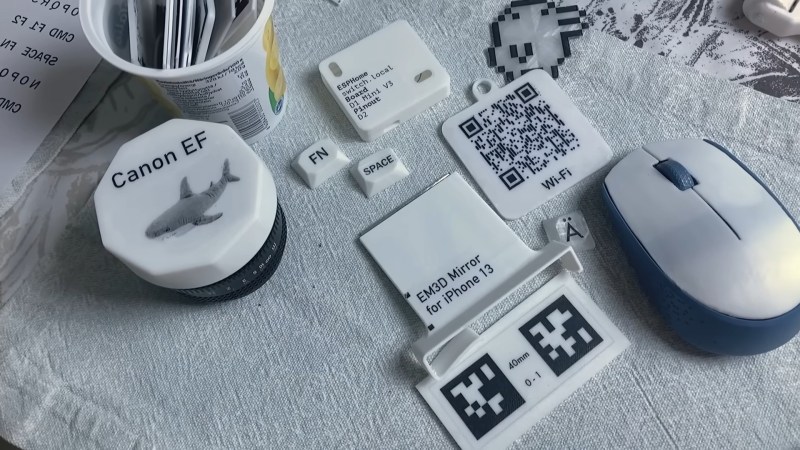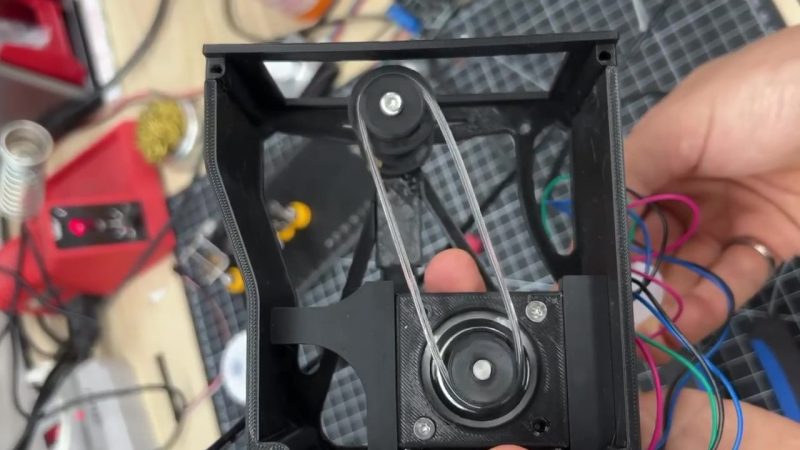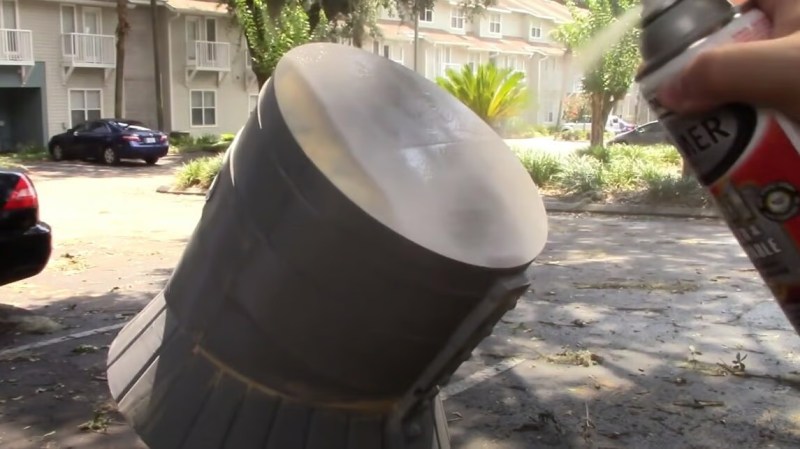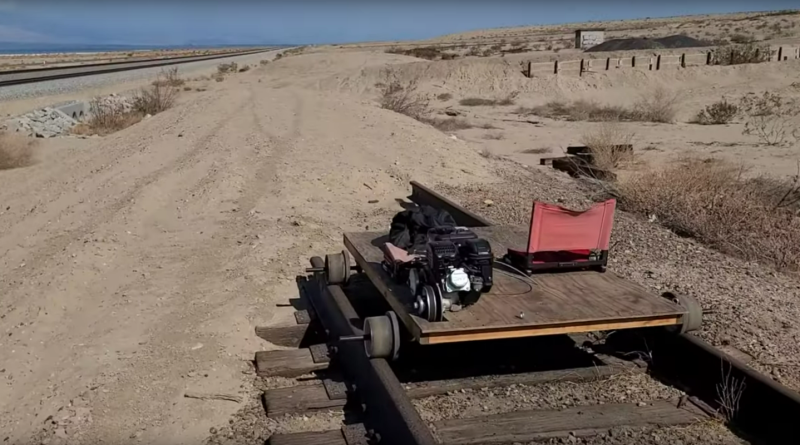Dress Up Your 3D Prints with Toner-Transfer Labels

We’ve always found the various methods for adding text and graphics to 3D prints somewhat underwhelming. Embossed or debossed characters are fuzzy, at best, and multi-color printers always seem to …read more Continue reading Dress Up Your 3D Prints with Toner-Transfer Labels



